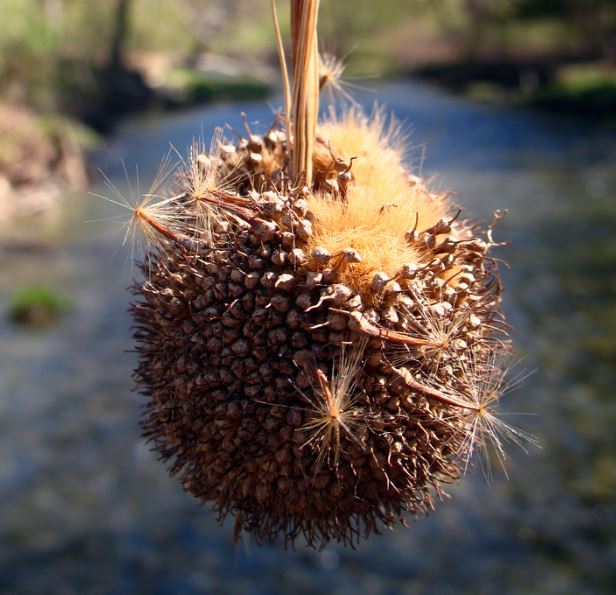Regarded as one of the largest growing trees indigenous to eastern North America, the sycamore is known for its graceful beauty and distinctive features. According to a local legend, the sycamore played an important role in the creation of fire. It was believes that fire first came to Earth in the form of a lightning strike from the Thunders that hit a towering, hollow sycamore tree growing on an island. Everyone knew there was fire present because they could see the smoke, but they were unable to cross the water to get to it. Eventually, a small water spider weaved its web across the water and gathered a hot coal to bring back to the humans, giving them the use of fire. As a result, the sycamore tree was viewed as very sacred and was traditionally used in many medicines to treat internal ailments.

Moving forward to May 17, 1792, the sycamore appears in American history when a group of 24 prominent brokers gathered under a sycamore tree in front of 68 Wall Street to negotiate the terms of a new investment market agreement. It was here that the Buttonwood Agreement was signed, which marked the beginning of the New York Stock Exchange and the development of the investment community of Wall Street. The agreement was named Buttonwood because it was signed beneath a towering sycamore tree, which was more commonly known as the buttonwood tree, as its wood was often used to make buttons! Today, the sycamore tree still holds its significance as a symbol of America’s rise to financial power.

As you can see, the sycamore tree has played a major role in the evolution of humanity, but take away its symbolic roots and the tree itself is still uniquely fascinating. The sycamore can be found growing naturally in full sun or lightly shaded areas in lowlands along streams, rivers, and floodplains, and in moist, but well-drained soils, allowing it to tolerate minor seasonal flooding! In addition, sycamores have a number of distinctive features which are present throughout all seasons of the year, making it an easily identifiable and notable tree. In early spring, large, dark green deciduous leaves (often broader than they are long) appear in conjunction with clusters of small, non-showy yellowish male flowers and reddish female flowers. The female flowers then give way to single, long-stalked, fuzzy brown fruiting balls that ripen in October and persist into early winter, often resembling Christmas ornaments. Each fruiting ball consists of densely packed achenes (fruit seeds) that are gradually dispersed by winter winds in fluffy tufts.

The tree’s most distinguishable feature though is its brown bark which exfoliates in irregular patches along the upper trunk, exposing an inner patchwork of browns, yellows, and greens against a background of creamy white. Often referred to as camouflage bark, this ornamental trait, combined with its towering height, facilitates easy identification from great distances away. Its heavy, close-grained wood is valuable for its resistance to splitting and is often used to build commercial products such as butcher blocks, furniture, cabinets, and flooring.

So, if you are looking for a unique tree rich in history, this tree could be the one for you! To book a consultation with one of our arborists and get the right tree for your yard, sign up for our Backyard Tree Planting Program today!
Brenna is LEAF’s Field Operations Coordinator.
